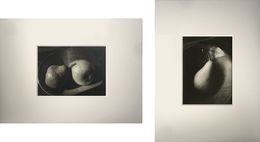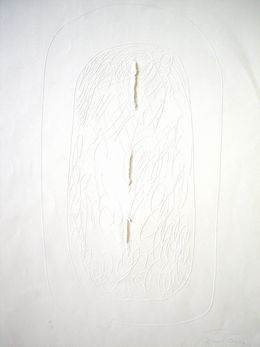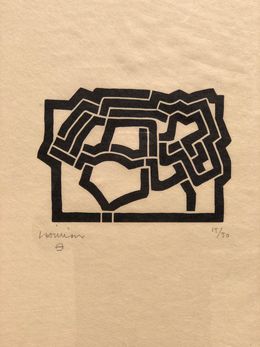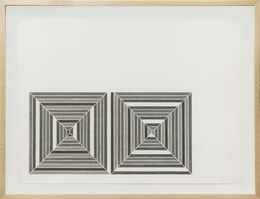
Welcome to the world of designer Diego Delgado-Elias

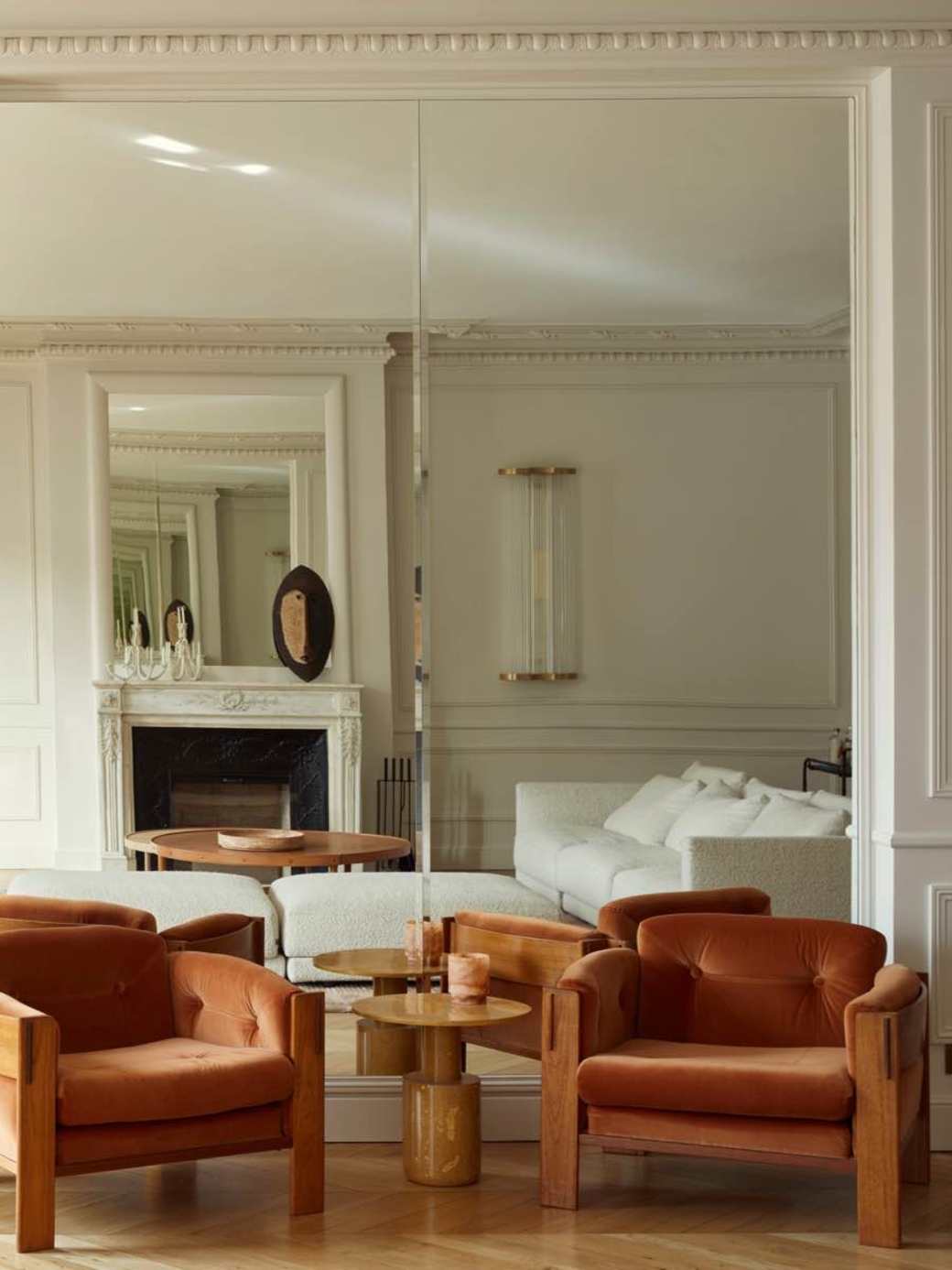
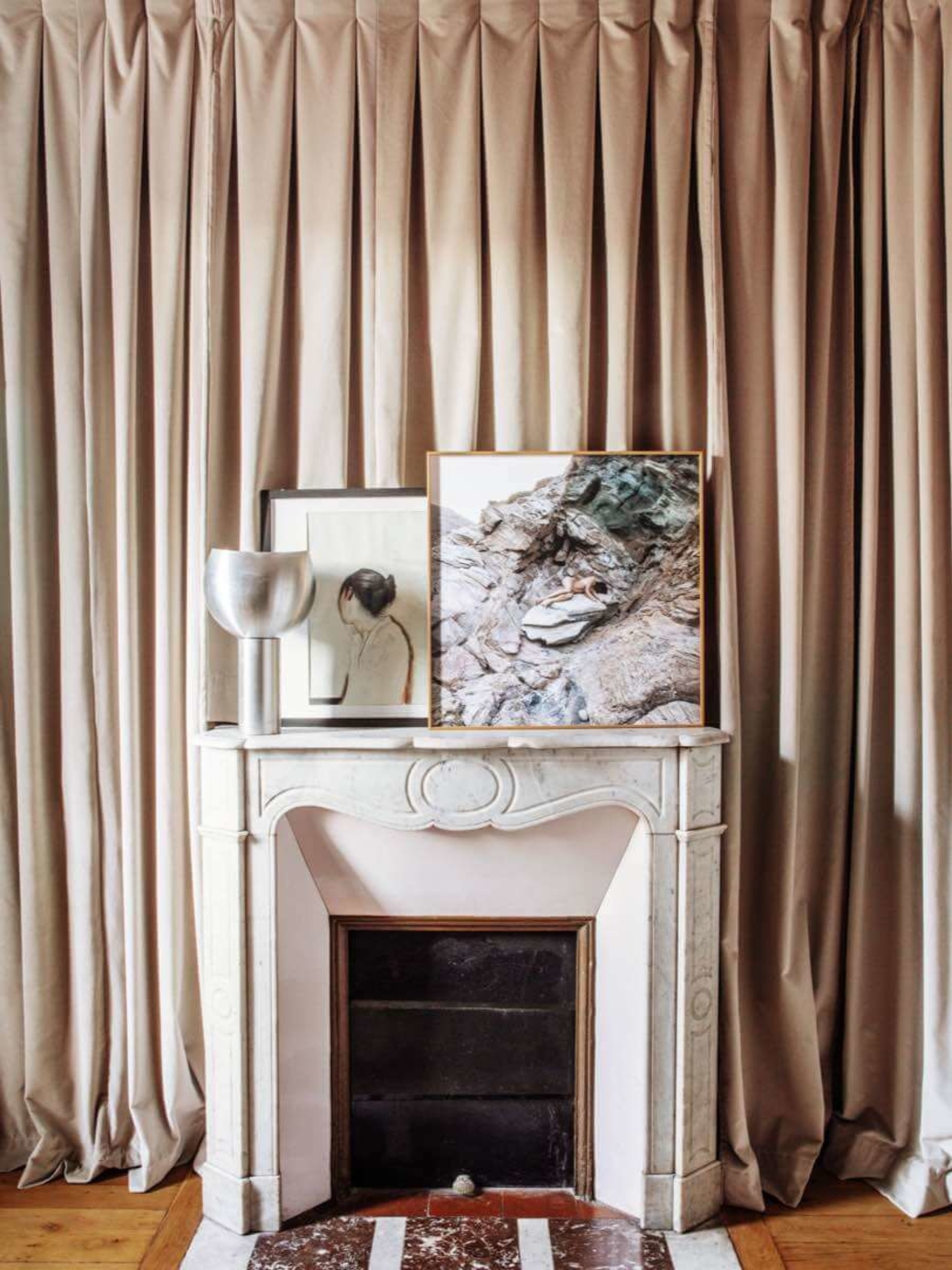

Diego Delgado-Elias' projects, photos on top and on bottom right © Depasquale + Maffini, photo on bottom left © Matthieu Salvaing
Diego Delgado-Elias is a Peruvian designer with his own Parisian architectural studio founded in 2014. Having studied in Peru, the US and Europe, Diego is well-versed in the design preferences of the Southern, Northern American and European continents. This multiculturalism has nourished his talent has become his signature, attracting a wide variety of clients, from creative types and artists to hotels and royal families. Diego's skills also extend to design—he creates custom furniture and modules that fit elegantly and relevantly into his interiors. Artsper had the privilege of interviewing Diego about contemporary topics such as the role of a designer in renovating historic buildings, the merger between a designer's heritage and their clientele demands and his creative process.
1. Hello Diego! Can you tell us how you got to where you are today as the founder of Diego Delgado-Elias Studio? Was interior design always a clear career path for you?
No, not at all. I was always between art and architecture. I was very good at drawing as a kid. I used to spend all day with a pen and a pencil. But the funny thing is I usually drew buildings, I sketched out plans before knowing that my drawings were actual architectural ways to communicate ideas.
I went to art school right after high school. My mother is a talented painter. When I started art school I immediately became interested in sculpture and the process of going from drawings to actual objects. The canvas felt a bit like a box from which I wanted to escape. For some personal reasons I had to come back to Peru (I was studying art in the United States) and my father was very insisting that I try something other than art school. Architecture seemed like the natural choice.
I fell in love with architecture right on the first day of school actually. I remember exactly my first class; it was an introduction to architectural theory and the subject was about Barragan's work. So the first thing I learned was about designing spaces to feel like an experience, playing with light and scale to evoke an emotional connection.
Then, I went to Miami for a summer and managed to get an interview with Bernardo Fort Brescia, founder of Arquitectonica. I was hired right away—first as an intern, and then I stayed there for a few years. I was always a fan of their earlier work and Bernardo taught me so much. He's also from Peru so we had an instinctive way of understanding each other. During that time, I went through a process of constant evolution within a place of incessant inspiration. Luckily when I decided to come to Paris for grad school, they offered me to work at the Paris's office.
I always wanted to have my own firm, so further down the line, I went for it. My first project was my own apartment. This project was very different for me as at the time, I was mostly doing high rise buildings. I fell in love with the experience. Working on a smaller scale allows you to go into a more detailed design. It was through this process that I discovered that through doing interiors intent on satisfying even the most minute detail. Now we even chose art and tableware for our clients.

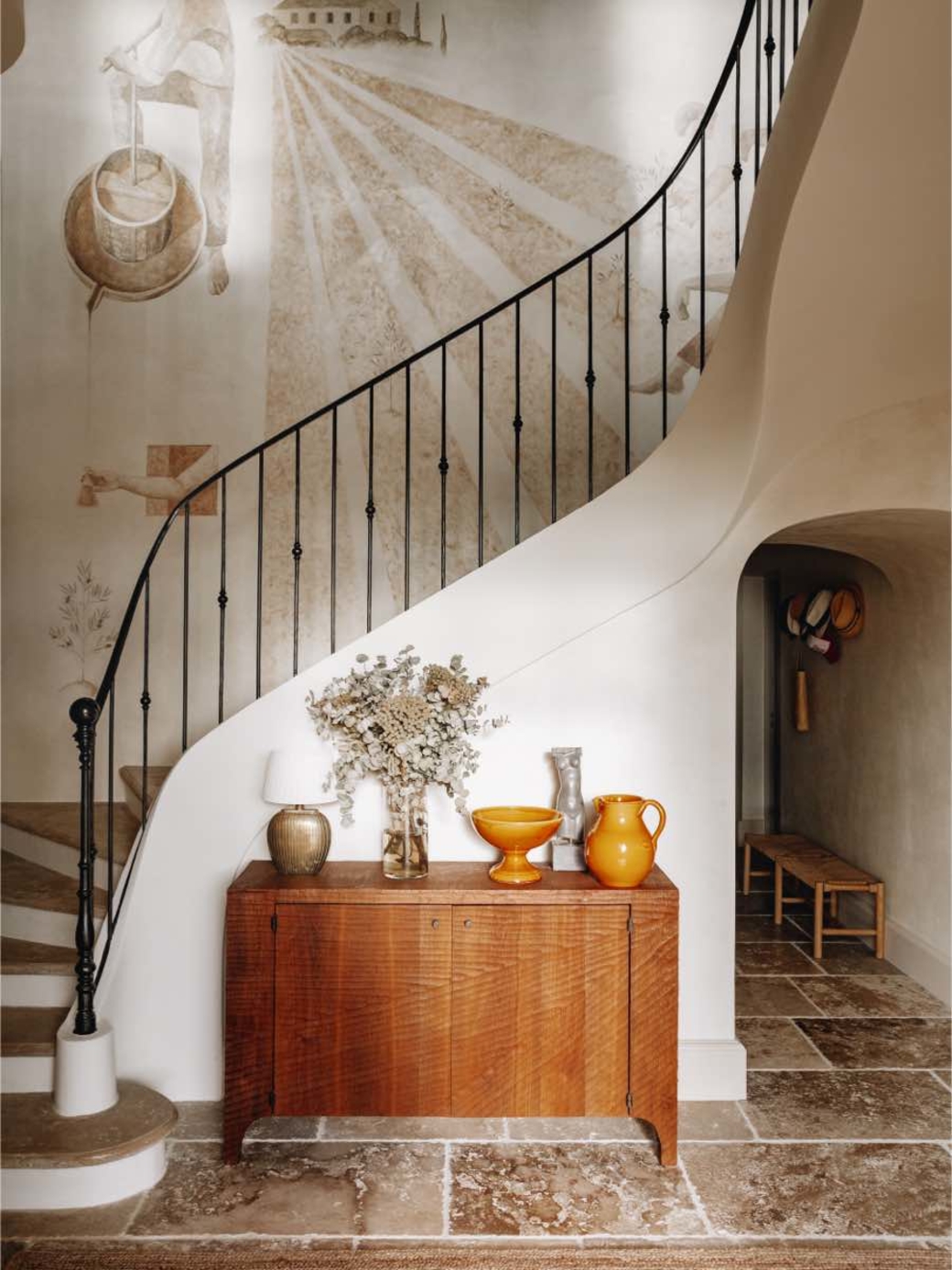
Diego Delgado-Elias' projects © Matthieu Salvaing
2. Which movements of design influenced your style?
I go through phases, but if I have to choose one, I would say early modernism and its predecessors. In this period, functionality and reason were introduced into the conversation. The idea that design should not be merely aesthetic but respond to a user or a context.
Right now, I'm researching the works of Elena Izcue and Enrique Seoane Ros who are both Peruvian. Elena is like a Peruvian version of Annie Albers. She took and reworked pre-Columbian patterns and textile and other decorative art. Enrique was an architect that introduced a Peruvian identity into modernism.
3. Take us through your design process.
I have a bit of a secretive designing process. I'm at my most creative when I'm alone. So, I go to the office on Sundays, I turn off my phone and every other possible distraction and I lock myself in my office and go through my books. I have quite a big collection of design and architecture books. This activity allows new ideas to form without the noise of day-to-day interactions. It's also my personal indulgence time. Having a creative practice is not easy all the time. It can be really busy and stressful, I make sure to give a moment to designing or making something new and unexpected.
I'm currently working on a furniture collection and it's on Sundays where most of it is being shaped. It's a very personal project since I'm turning to my roots and Peruvian culture as a source of inspiration. It's based in the Andean arts, its materials, colors, iconography and savoir faire. I am looking to the Andes mostly for a reference rather than an aesthetic. It's so rich in layers as a reference—think about the ceramics, textiles, metals, woodwork and so much more.
4. You have put your hand to work on Hausmanian style buildings in Paris dating back to the century. Do you see yourself in the role of restorer or reinventer in these types of projects?
I like to see my work as a reinterpretation. With either Haussmann's buildings or a new build, my design process starts on the first visit from which I get my ideas based on this first experience. It could all start from some tiles in the lobby, a molding in the façade or a patinated old wall—the project starts there. Colors palettes, ideas for materials and styles—they all start to get thought through in this moment.
Although my work is not what you would call classic. I'm very classical in my approach. When it comes to renovations, I try to respect as much as possible the original design intent and the personality of the space. I also try to recreate this feeling of age, a space that has aged. I hate interiors that look like the designer just left. I appreciate eclecticism, and I believe this is what gives a place a personality. It is all about this unperfect and unexpected mix of materials, objects and styles that can achieve a space's character.


Diego Delgado-Elias' projects © Matthieu Salvaing
5. Originally from Peru, you have worked all over the world before settling in Paris more recently. Does your Peruvian heritage take an influence upon your design?
Yes, a lot actually. My Peruvian roots influence my work but not in an explicit way, it's more like a reinterpretation of my heritage with a lot of my own experiences, either the time I lived in Peru or other places. I would say my work is very personal to me and my lived experiences. It is filled with nostalgia. I grew up in the countryside in an old hacienda in the desert of Peru. I often think of the sunny afternoons, the eucalyptus trees and the smell of tobacco pipes at my grandfather's office, the perfect temperatures thanks to big thick adobe walls and the wind blowing through old windows. I think you could say that my work is a constant search for that missing feeling. But obviously, it needs to be adapted to the current functions, context and cliental briefs.
Peru is such a magical country, and I am lucky to have had the opportunity to live in different parts. Lima is a city with a lot of influence from different periods. There are the Incas with their Huacas and the Spanish colonial architecture. You can really find all different architecture movements there: art deco, modernism, brutalism and much more. All that in a beautiful organic chaos that has been dictated by the social, economic, and political context. It makes the city full of contrast and mysticism and it has allowed for some local vernacular movements that are fascinating like chicha architecture for example.
All these experiences continue to nourish my creative process in one way or another. My greatest challenge is to amalgamate all this heritage with the experiences I am learning from in the present day to inform my work. This is an ongoing task of mine.

Their favorite artworks


